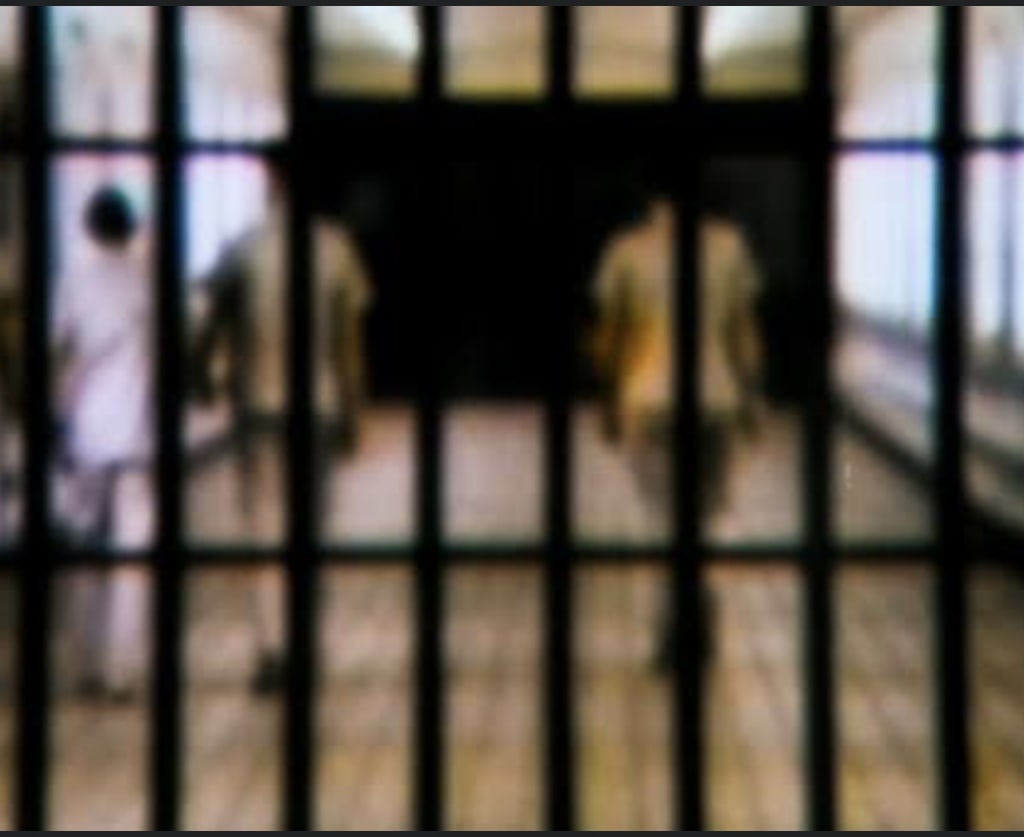
The life of prisoners is a complex and multifaceted topic that encompasses a range of experiences and challenges. From the moment they enter the prison system to their eventual release or completion of their sentence, prisoners face a unique set of circumstances that significantly impact their lives. In this essay, we will explore various aspects of the life of prisoners, including their daily routine, social interactions, and opportunities for rehabilitation.
One of the defining features of prison life is the structured and regimented daily routine that prisoners must adhere to. In most correctional facilities, the day begins early, with wake-up calls and mandatory counts to ensure the presence of all inmates. Breakfast is typically served in a communal dining area, where prisoners gather to eat and socialize within the confines of their assigned housing units.
After breakfast, prisoners engage in various activities depending on the facility and their classification. These activities may include educational programs, vocational training, or work assignments within the prison, such as cooking, cleaning, or maintenance tasks. These activities not only provide structure to the prisoners' days but also offer opportunities for skill development and personal growth.
However, it is important to note that not all prisoners have access to such programs, as overcrowding and limited resources can often result in a lack of adequate opportunities for rehabilitation. This can lead to a sense of frustration and hopelessness among inmates, making it more challenging for them to reintegrate into society once released.
Prisoners' social interactions are another crucial aspect of their lives. While some inmates may form close bonds and establish friendships within the prison community, others may face violence, bullying, or isolation. The dynamics within the prison environment can be influenced by factors such as gang affiliations, racial tensions, and the overall atmosphere of the facility.
Furthermore, the separation from family and loved ones can have a profound emotional impact on prisoners. Restricted visitation policies, limited communication options, and geographical distance can strain relationships and contribute to feelings of loneliness and abandonment. Maintaining connections with the outside world can be challenging, exacerbating the sense of isolation that many prisoners experience.
Moreover, access to healthcare and mental health services is a critical concern in the lives of prisoners. Many inmates come from disadvantaged backgrounds with pre-existing health conditions that may go untreated or worsen during their incarceration. Mental health issues, including depression, anxiety, and post-traumatic stress disorder, are prevalent among prisoners, often stemming from past experiences or the stresses of prison life itself.
Rehabilitation plays a vital role in shaping the lives of prisoners. While punishment is a core aspect of the correctional system, the aim of rehabilitation is to equip inmates with the necessary skills and support to reintegrate into society successfully. This can include educational programs, vocational training, substance abuse counseling, and mental health services. However, the availability and effectiveness of these programs vary greatly across different prison systems.
In recent years, there has been a growing recognition of the importance of prisoner rehabilitation, with an emphasis on reducing recidivism rates and promoting successful reintegration. Initiatives such as halfway houses, work-release programs, and post-release support networks aim to provide a smoother transition for prisoners as they reenter society.
In conclusion, the life of prisoners is a complex and challenging journey. From the structured daily routine to the social dynamics and limited opportunities for rehabilitation, inmates face numerous obstacles during their time in prison. Improving the conditions and focusing on effective rehabilitation strategies can contribute to the successful reintegration of prisoners into society, promoting a safer and more just society as a whole.prisoners suffer alot





Comments
There are no comments for this story
Be the first to respond and start the conversation.